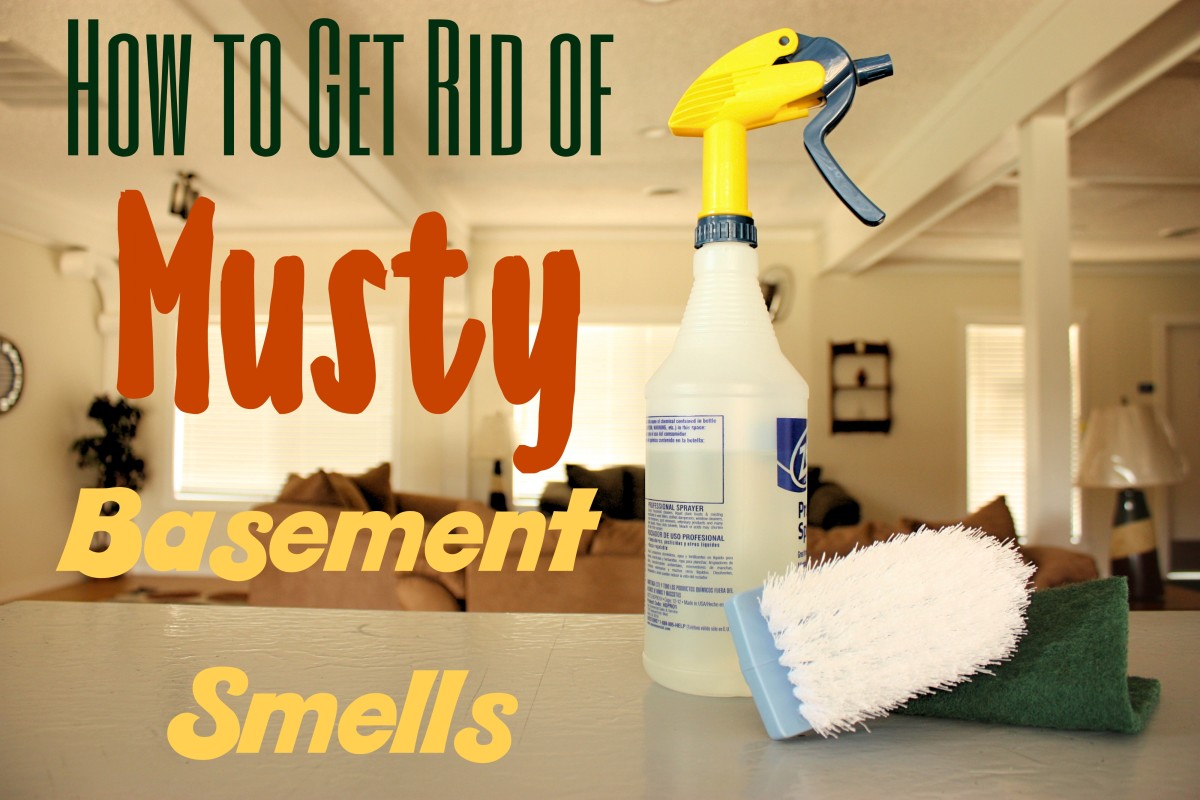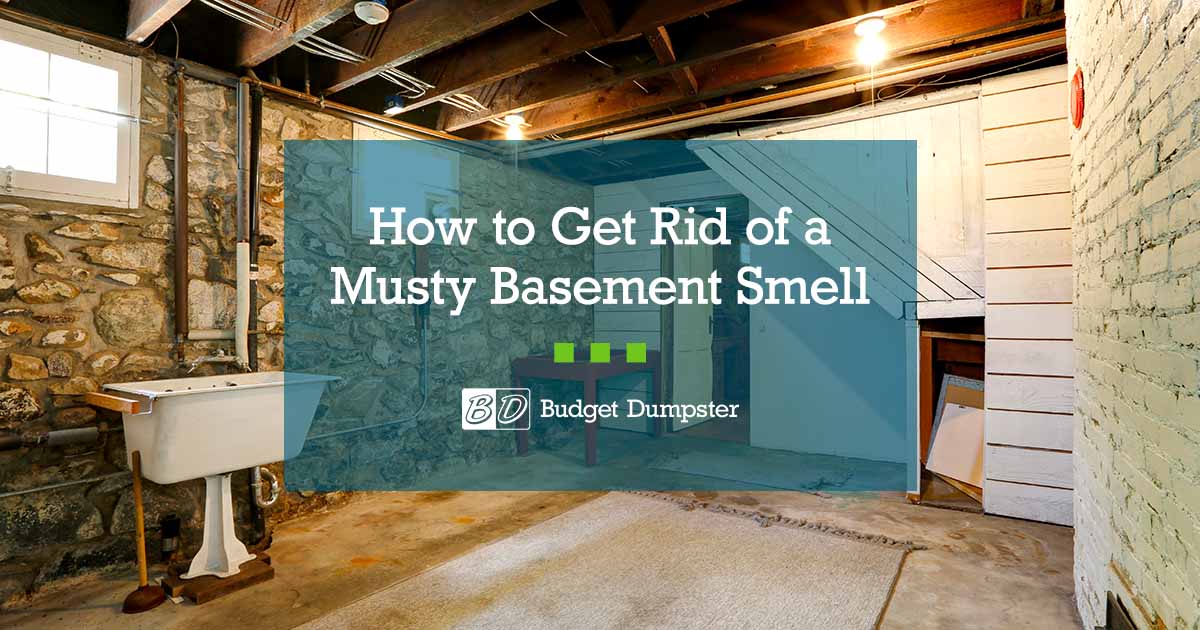How To Get Basement Smell Out Of Basement

How to Banish Basement Odors and Boost Energy Efficiency
A musty, damp smell in the basement isn't just unpleasant; it's a red flag indicating potential problems that could be costing you money. Beyond the discomfort, basement odors often point to humidity issues, mold growth, and air leaks, all of which directly impact your home's energy efficiency and your wallet. This article details proven strategies for eliminating basement smells, saving energy, and creating a healthier, more comfortable living space.
Identifying the Source: Your First Step to a Fresh-Smelling Basement
Before diving into solutions, it's crucial to identify the root cause of the odor. Common culprits include:
- Moisture Intrusion: Leaky foundations, poor drainage, and condensation can all contribute to dampness, fostering mold and mildew growth. Look for water stains, cracks in the foundation, and pooling water after rain. According to the Environmental Protection Agency (EPA), maintaining indoor humidity between 30-50% can inhibit mold growth.
- Mold and Mildew: These fungi thrive in damp environments and produce that characteristic musty smell. Check for visible mold on walls, floors, and around pipes.
- Poor Ventilation: Stagnant air promotes moisture buildup. Ensure adequate ventilation to circulate air and prevent moisture accumulation.
- Organic Matter: Stored cardboard boxes, old carpets, or even decaying leaves near foundation walls can break down and contribute to unpleasant smells.
- Sewer Gas Leaks: Though less common, sewer gas leaks can occur due to dried-out plumbing traps or damaged sewer lines. The smell is distinct and requires immediate attention from a qualified plumber.
A thorough inspection, including checking for leaks around windows and pipes, is essential. Consider using a moisture meter to assess the dampness of walls and floors. These meters are readily available and provide a numerical reading of moisture content.
Addressing Moisture Issues: The Foundation of a Dry, Odor-Free Basement
Tackling moisture problems is paramount. Here's a multi-pronged approach:
Improving Drainage and Grading
Ensure that the ground slopes away from your foundation to direct rainwater away from your home. Clean gutters and downspouts regularly to prevent water from overflowing and saturating the soil around the foundation. Extending downspouts further away from the house can also be beneficial. According to the Department of Energy (DOE), proper grading can significantly reduce the risk of basement flooding and moisture problems.
Sealing Foundation Cracks
Even small cracks can allow moisture to seep into your basement. Seal cracks with hydraulic cement or epoxy crack filler, available at most hardware stores. For larger cracks, consult a professional for structural repair.
Installing a Sump Pump
In areas with high water tables or frequent flooding, a sump pump is essential. It pumps water away from the foundation, preventing it from entering the basement. Look for Energy Star certified sump pumps, which are more energy-efficient than standard models. The initial investment in a sump pump can save you thousands of dollars in potential water damage repairs and related energy costs.
Dehumidification: A Key Component for Long-Term Odor Control
A dehumidifier is a crucial tool for maintaining a dry basement, especially in humid climates. Choose a dehumidifier with a capacity appropriate for the size of your basement. Energy Star certified dehumidifiers use significantly less energy, saving you money on your electricity bill. Smart dehumidifiers can be integrated with your smart home system, allowing you to monitor humidity levels and adjust settings remotely. This ensures optimal performance and energy savings.
For example, if your basement is 500 square feet, a 30-pint dehumidifier might suffice. For larger or particularly damp basements, consider a 50-pint or 70-pint model.
Eliminating Existing Mold and Mildew: Restoration and Prevention
Once you've addressed the moisture source, focus on removing existing mold and mildew.
Cleaning Surfaces
For small areas of mold, you can clean surfaces with a solution of bleach and water (1 part bleach to 10 parts water). Wear gloves, eye protection, and a mask to protect yourself from fumes and spores. Ensure adequate ventilation during cleaning. For larger mold infestations, it's best to hire a professional mold remediation service. The EPA provides guidelines for mold cleanup and remediation.
Using Mold-Resistant Products
When painting or renovating your basement, use mold-resistant paint and building materials. These products contain additives that inhibit mold growth, providing an extra layer of protection. Mold-resistant drywall and insulation can also be beneficial.
Enhancing Ventilation: Fresh Air, Lower Energy Costs
Proper ventilation helps to circulate air, reduce humidity, and prevent odors from building up.
Opening Windows (When Appropriate)
On dry, sunny days, open basement windows to allow fresh air to circulate. However, avoid opening windows when it's humid outside, as this can introduce more moisture into the basement.
Installing Exhaust Fans
Consider installing exhaust fans in areas prone to moisture, such as laundry rooms or bathrooms. These fans help to remove humid air and prevent mold growth. Choose Energy Star certified exhaust fans for optimal energy efficiency.
HVAC System Integration
Ensure your HVAC system is properly balanced to provide adequate airflow to the basement. A zoned HVAC system allows you to control the temperature and airflow in different areas of your home, including the basement, improving comfort and energy efficiency. Smart thermostats can be programmed to adjust the temperature and humidity levels in your basement based on occupancy and weather conditions, further optimizing energy savings.
Addressing Other Odor Sources: A Holistic Approach
Don't overlook other potential odor sources:
- Remove Stored Items: Get rid of old cardboard boxes, newspapers, and other items that can absorb moisture and contribute to odors. Store items in airtight plastic containers instead.
- Clean Carpets and Upholstery: Thoroughly clean carpets and upholstery to remove any mold, mildew, or other odor-causing substances. Consider using a professional carpet cleaner.
- Check Plumbing: Inspect plumbing fixtures for leaks and ensure that drain traps are filled with water to prevent sewer gas from escaping. Pour water down infrequently used drains to replenish the traps.
The ROI of an Odor-Free, Energy-Efficient Basement
Investing in a dry, odor-free basement isn't just about comfort; it's about saving money and increasing your home's value. Here's how:
- Lower Energy Bills: A dry basement is easier to heat and cool, reducing your energy consumption and lowering your monthly bills. Proper insulation and sealing air leaks can further enhance energy efficiency. According to Energy Star, homeowners can save up to 20% on their heating and cooling costs by properly insulating their homes.
- Improved Indoor Air Quality: Eliminating mold and mildew improves indoor air quality, reducing the risk of respiratory problems and allergies.
- Increased Home Value: A dry, finished basement adds valuable living space to your home and increases its resale value. A well-maintained basement is a major selling point for potential buyers.
- Reduced Maintenance Costs: Addressing moisture problems early can prevent costly repairs down the road, such as foundation damage or structural issues.
Smart Home Integration: Maximizing Energy Savings and Convenience
Integrating your basement's environmental controls with a smart home system can provide even greater energy savings and convenience. Smart thermostats can adjust the temperature and humidity levels based on occupancy and weather conditions, while smart dehumidifiers can be programmed to run only when needed. Leak detectors can alert you to potential water leaks before they cause significant damage. Many utility companies offer rebates for installing smart thermostats and other energy-efficient devices, further reducing your upfront costs.
Finding the Right HVAC Contractor
When dealing with complex issues like HVAC balancing or whole-house dehumidification, consulting a qualified HVAC contractor is essential. Look for contractors who are NATE (North American Technician Excellence) certified, which indicates that they have undergone rigorous training and testing. Get multiple quotes and ask for references before making a decision. A good HVAC contractor can help you identify the best solutions for your specific needs and ensure that your system is installed and maintained properly.
Conclusion: Breathe Easy and Save Money
Eliminating basement odors requires a comprehensive approach that addresses the underlying causes, such as moisture intrusion and poor ventilation. By following the steps outlined in this article, you can create a dry, odor-free basement that improves your home's comfort, energy efficiency, and value. Don't delay – start tackling those basement odors today and enjoy a healthier, more comfortable home while saving money on your energy bills. Remember to check for local rebates and incentives for energy-efficient upgrades to further reduce your costs and maximize your ROI. The long-term benefits of a dry, well-ventilated basement are well worth the investment.










